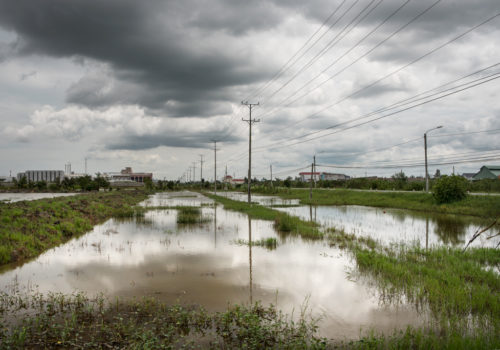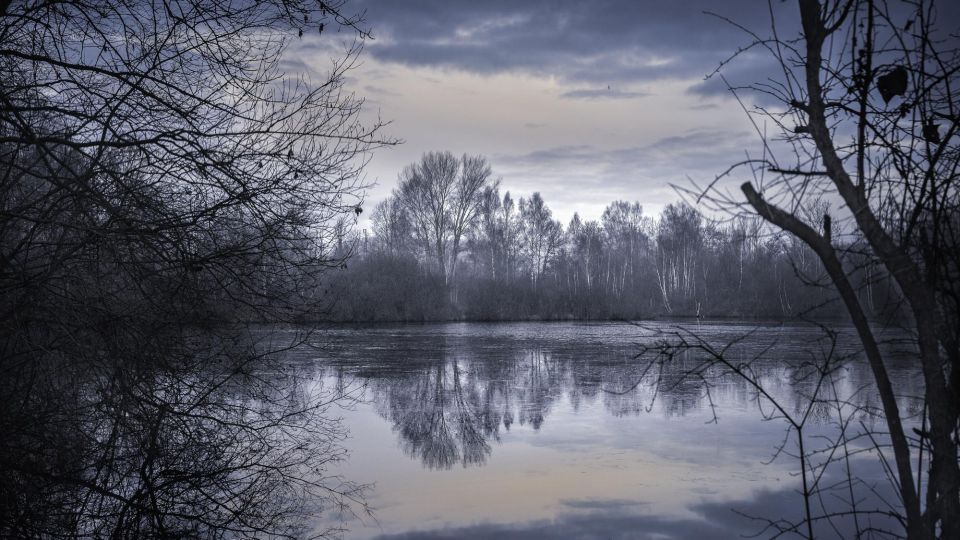With a GDP per capita estimated at USD 2.700 (2012, CIA World Factbook), Laos is one of the poorest countries in the Far East.
Its territory, with China, Burma, Thailand, Cambodia and Vietnam, is crossed by the Mekong River, the largest reserve of freshwater fish in the world and second only to the Amazon in terms of biodiversity.
The energy potential of the Mekong basin is the focus of a government plan that, with the support of the World Bank and other international lending institutions, aims at an exceptional extension of the network of dams in Laotian territory. In addition to the 14 dams currently in operation, another 100 are planned.
A country of 6 million people will move from the production of 3200 megawatts to about 26,000 Mega Watt hydropower.
In a few decades, Laos may become the battery of Southeast Asia.
Xayaburi
In granting permission for the construction of a controversial hydroelectric power plant at the Xayabury dam, the Laotian government violated the agreements made in 1995 with the Mekong River Commission, by which the environmental sustainability of the infrastructure should have passed the scrutiny of aindependent commission.
The Xayaburi project is alerting international activists and environmental groups, maintaining that the construction will bring a dramatic physical and cultural uprooting of the relocated communities, and will threaten the life of 60 million people whose diet is dependent on the fish currently available in the Mekong. The survival of those fish is considered at risk.
Nam Theun 2
The social and environmental risk connected to the development model of large dams in Laos has a precedent in the Nam Theun 2 project, the largest dam in Southeast Asia, which covers an area of 450 km and was launched with eco-friendly rhetoric in 2010.
The dam, financed by World Bank and Asian Development Bank, has recently been the subject of study by a team of scientists.
They measured the emission of greenhouse gases (carbon dioxide and methane), and found more than one million tons, as a consequence of the anaerobic transformation of the enormous amount of organic mass submerged by the reservoir.
In addition, the sudden disappearance of traditional work activities related to the river, for more than 6,000 Laotians, determined a strong increase of poaching and uncontrolled trees cutting of high quality wood.
The dry season of 2016 in Vietnam put in serious danger the entire environment of the Mekong river’s Delta.
In the ending stretch of the river some studies has shown that the water salinity has increased and this encouraged the environmentalists and NGO to put attention on it.
The increased level of the seas and the invasion of the brackish water in the groundwater in the Southern Vietnam has provoked several damages for the harvests, especially for the rice fields and put in deeply danger the economy of the whole country, considered one of the five most important exporters of rice in the world.
















